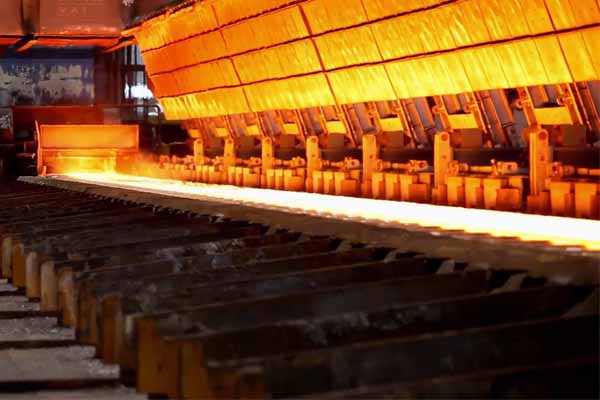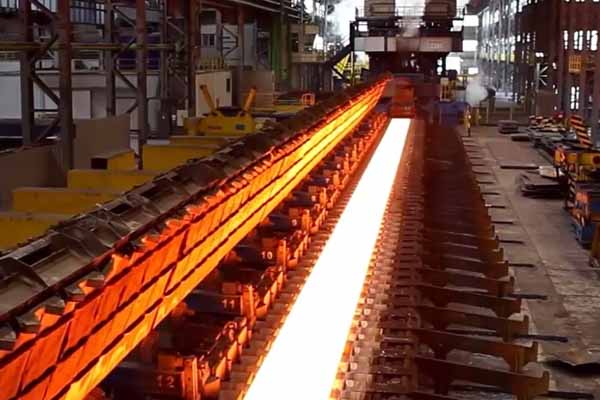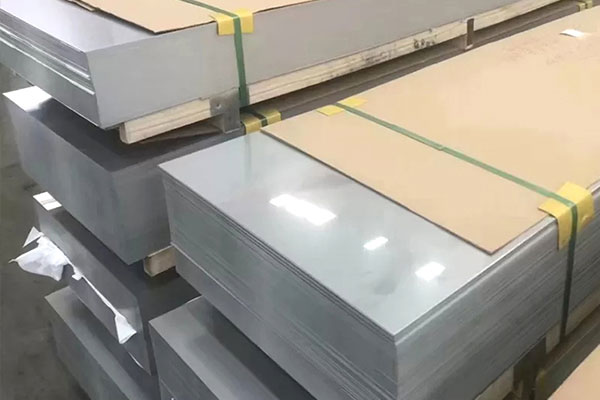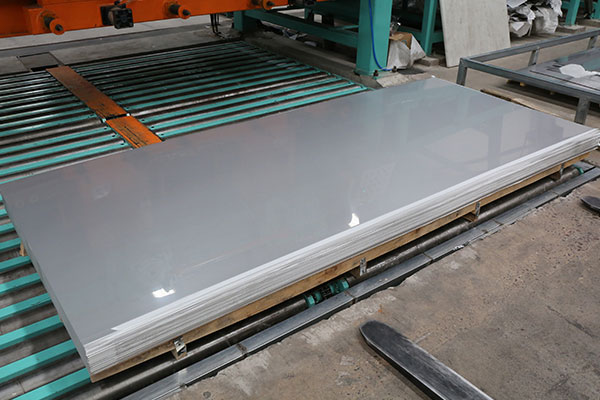304 stainless steel is one of the most widely used chromium - nickel stainless steel. As a widely used steel, it has good corrosion resistance, heat resistance and mechanical properties; Stamping, bending and other thermal processing, no heat treatment hardening phenomenon (use temperature -196℃~800℃). So what is 304 antibacterial stainless steel?
What is the Origin of 304 Antibacterial Stainless Steel?
As for 304 antibacterial stainless steel, it is necessary to know about antibacterial stainless steel. Antibacterial stainless steel is a kind of material. Andthere are hundreds of stainless steel materials applied in all kinds of industries.For antibacterial stainless steel, chromium is the material that keeps the product from rusting, while nickel is the corrosion resistant material.
Antibacterial stainless steel can maintain luster in air. It will not rustmainly because antibacterial stainless steel contains a certain amount of chromium alloy element (not less than 10.5%), chromium alloy element can make the steel surface to form a layer of oxide film that does not dissolve in some media. After the addition of nickel element, antibacterial stainless steel performance is further improved. In many kinds of acid, alkali andsalt solution, ithas good chemical stability, even in high or low temperature environment, still can maintain its corrosion resistance.
304 antibacterial stainless steel is an austenitic steel, containing about 35% nickel and 16% to 24% chromium. The most common type of 304 antibacterial stainless steel is 18-8 or 18/8 steel, consisting of 8% nickel and 18% chromium; It also contains about 0.03% sulfur, 0.1% nitrogen, 0.08% carbon, 0.75% silicon, 2% manganese, and 0.045% phosphorus.
With the continuous improvement of life needs. The development of some large manufacturing industries has improved the production of many enterprises. Raise the quality of your product to a higher level by using these antibacterial stainless steels. This kind of product has strict requirements in the production process, the production process is also very complex, its stability and corrosion resistance.
What are the Properties and Applications of 304 Antibacterial Stainless Steel?
304 antibacterial stainless steel is non-magnetic, ithas high corrosion resistance and oxidation resistance to chemical, petroleum, atmospheric, textile and food industry sources. It has good tensile properties, low yield strength and high elongation, which makes it possible to process into complex shapes (adequate annealing measures should be taken immediately after forming). It has high toughness and strength even at low temperatures.
304 antibacterial stainless steel due to its durability, easy to form antibacterial stainless steel strip, antibacterial stainless steel plate, antibacterial stainless steel tube and other shapes, can withstand strong cleaning chemicals without corrosion. It can also withstand repeated washing with detergents and household chemical detergents. 304 antibacterial stainless steel is widely used in medical industry, kitchen equipment,food and pharmaceutical industry. For example,antibacterial stainless steel cookware, medical trays, surgical tools, elevators, bathroom stalls, vibrating screens, etc.
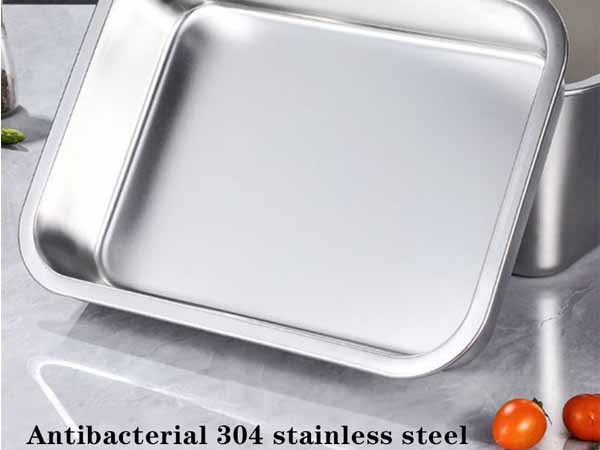
What Temperature is Suitable for Using 304 Antibacterial Stainless steel?
The using temperature of 304 antibacterial stainless steel is 190-860 degrees Celsius, but in the actual use process, the use temperature of 304 antibacterial stainless steel can not reach 860 degrees Celsius so high. In fact, the use temperature of 304 antibacterial stainless steel is not suitable for maintaining between 450 and 860 degrees Celsius. When the temperature of 304 antibacterial stainless steel reaches 450 degrees, there is a critical point at which the stainless steel will dilute the chromium around the carbon, forming chromium carbide. There is a poor chromium area where the chromium is diluted, and the poor chromium area will change the performance material of antibacterial stainless steel. In addition, 450°C plus yield forces will convert austenite to martensite.
 English
English Русский
Русский


